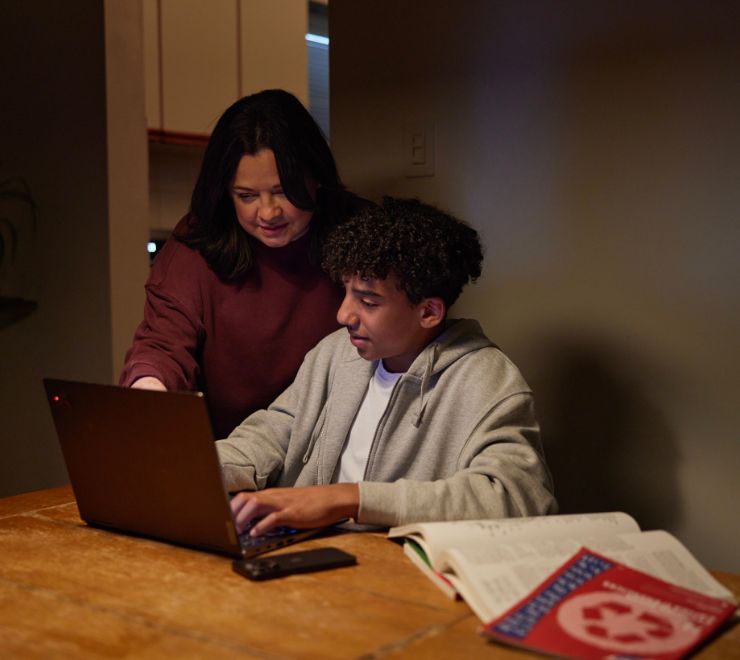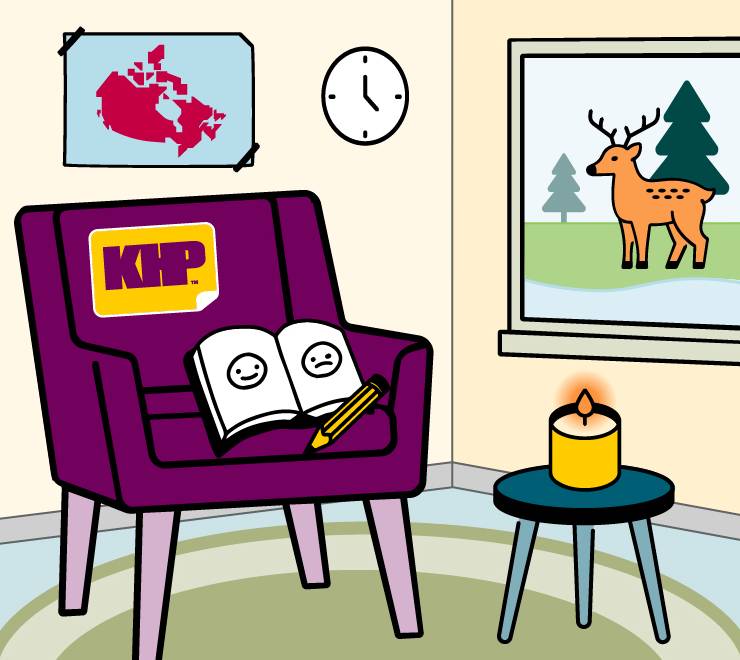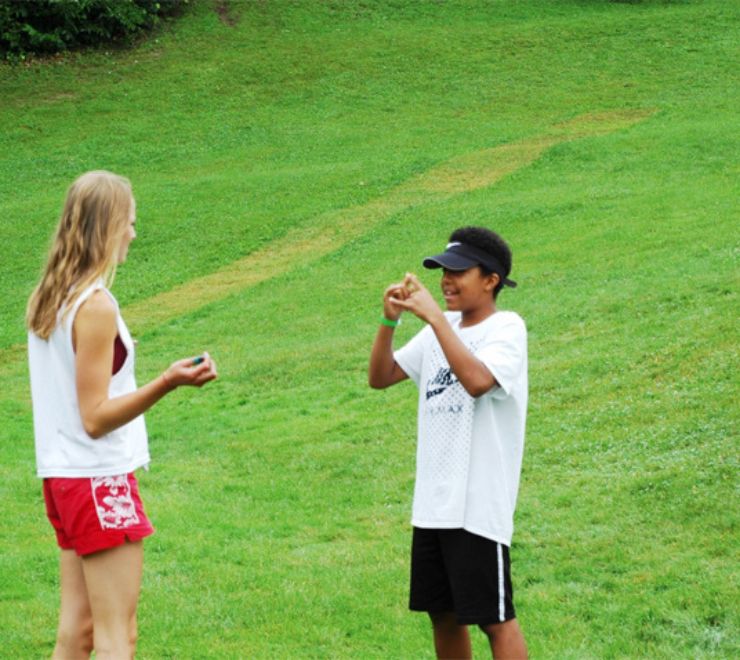The Internet and social media platforms can make it easier to access information and stay connected. But they can also provide more channels for the expression of hate speech. After encountering hate speech online, young people who are the targets of white supremacist, anti-immigrant, misogynistic and homophobic messaging are at a higher risk for developing fear or anxiety. Teens are also prime targets for hate groups because many of them are looking for people or causes that will give them a sense of identity and belonging.
As an adult, you can help young people recognize hate speech, talk about ways to emotionally protect themselves and discuss ways to confront and respond to online hate.
What are some basic facts about online hate?
Here are some important things to know about online hate speech:
- In Canada, it’s a crime to advocate genocide, publically incite hatred and willfully promote hatred against an identifiable group (distinguished by ethnicity, race, religion, national origin, age, sex assigned at birth, gender identity, sexual orientation, etc.).
- Youth (especially boys ages 12-17) are more likely to commit hate crimes and be recruited by hate groups.
- Many young people may be looking for causes that will give them a sense of identity. Recruiters for hate groups are skilled at taking advantage of this.
- Exposure to hate-motivated messages and hate crimes through the Internet, media or other means may produce anxiety and fear in young people, especially if they belong to a vulnerable group that has been the target of hate speech or discrimination.
What are some common themes found in online hate?
The authors of online hate are often motivated by similar beliefs. Here are some common themes found in what they say:
- The “other:” a group portrayed as being different from the author’s group
- e.g. recent immigrants perceived as being different from white immigrants who have lived in Canada for several generations
- The “glorious past:” the idea that the author’s group has fallen from a once-glorious past. The fall from glory is often attributed to the “other.”
- e.g. alt-right groups may suggest that before immigrants of colour arrived in Canada they were richer, had better jobs and enjoyed a more lavish lifestyle
- “Victimhood:” when hate groups portray themselves as victims at the hands of the “other.”
- e.g. alt-right groups may promote the idea that immigrants are “stealing” their jobs as blue collar work disappears (where many middle class white men worked)
What is radicalization?
- Radicalization happens when individuals come to believe that violence against others — and even oneself — is justified because they’re “defending their own group.”
- Young people at risk for radicalization are often feeling disillusioned and disconnected, left out, isolated, unpopular or on the margins of things happening at school and are searching for an identity and/or a sense of belonging.
How can I help the young people in my life deal with online hate?
Here are some things you can do to help young people recognize and respond to online hate:
Teach empathy and emotional literacy
- Use everyday moments to teach young people to notice, be sensitive to and label other people’s emotions.
- Promote respect for diversity as a social norm. Address hurtful and offensive comments when they happen. As a parent/caregiver, you have the power to influence how a young person behaves toward others. Model tolerance and empathy for them.
Talk about the existence and impacts of hate
- Young people benefit from learning about hate speech from a trusted adult, rather than being exposed to it on their own.
- You can facilitate dialogue by being prepared. This includes identifying ahead of time concerns that may arise when a kid encounters hate-motivated content.
- Be aware of news events or events in the community that may lead a young person to express hatred toward others.
Acknowledge the emotional costs and be supportive
- Being the target of online hate speech can be distressing and painful.
- Let young people know you’re aware of the emotional impacts and be willing to listen to how this exposure impacts them.
Digital literacy
- You can teach young people critical thinking skills. Ask them to consider the ways in which media are created by people, and therefore represent those people’s values and perspectives.
- Show young people how to verify sources. Many online hate websites go to great lengths to make their sites/pages look legitimate.
Reporting hate
- Encourage the kids in your life to report hate speech when they encounter it online. This can be done by reporting the content to the site administrator or Internet provider.
- Getting support after experiencing hate is important. Making a report is one way to get support. You can report hate speech, hate crimes or threats of violence the following ways: anonymously through Crime Stoppers, by filing a human rights complaint (you can ask about internal policies at school or work or learn more through the Canadian Human Rights Commission) or contacting the emergency services in your area.
Be there
- Witnessing hate speech can be upsetting. Encourage the young people in your life to reach out to you, or a resource like Kids Help Phone, when they feel uncomfortable with anything they’ve seen online.













